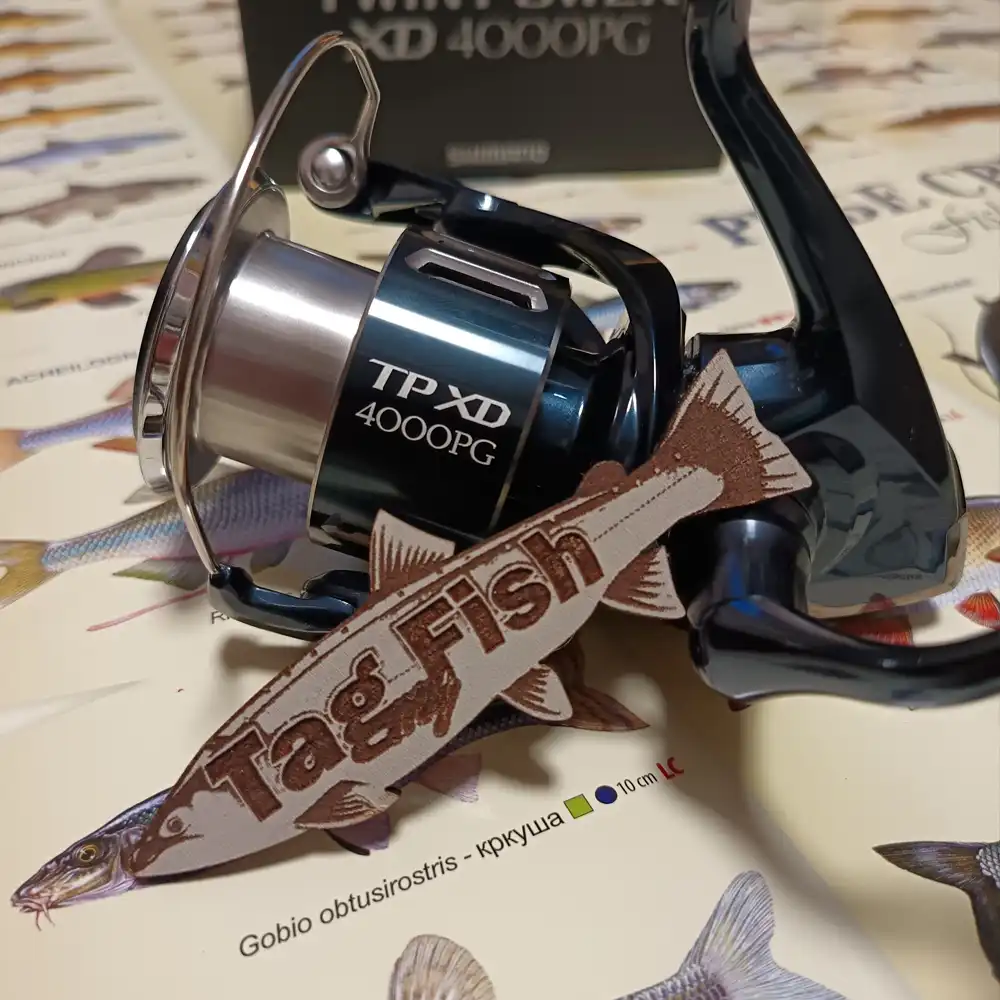Philippine sea

General data
- Name: Philippine sea
- Water system: Pacific Ocean
- Water type: Sae
- Progression: Pacific Ocean -> Planet Earth
- Climates: Tropical
- Continents: Asia
- Countries: Japan, Mauritius, Palau, Philippines, Taiwan, Guam (US)
The Philippine Sea is a marginal sea of the Western Pacific Ocean east of the Philippine archipelago (hence the name), the largest in the world, occupying an estimated surface area of 5 million square kilometers (2×106 sq mi). The Philippine Sea Plate forms the floor of the sea. Its western border is the first island chain to the west, comprising the Ryukyu Islands in the northwest and Taiwan in the west. Its southwestern border comprises the Philippine islands of Luzon, Catanduanes, Samar, Leyte, and Mindanao. Its northern border comprises the Japanese islands of Honshu, Shikoku and Kyūshū. Its eastern border is the second island chain to the east, comprising the Bonin Islands and Iwo Jima in the northeast, the Mariana Islands (including Guam, Saipan, and Tinian) in the due east, and Halmahera, Palau, Yap and Ulithi (of the Caroline Islands) in the southeast. Its southern border is Indonesia's Morotai Island. The sea has a complex and diverse undersea relief. The floor is formed into a structural basin by a series of geologic faults and fracture zones. Island arcs, which are actually extended ridges protruding above the ocean surface due to plate tectonic activity in the area, enclose the Philippine Sea to the north, east and south. The Philippine archipelago, Ryukyu Islands, and the Marianas are examples. Another prominent feature of the Philippine Sea is the presence of deep sea trenches, among them the Philippine Trench and the Mariana Trench, containing the deepest point on the planet. The Philippine Sea has the Philippines and Taiwan to the west, Japan to the north, the Marianas to the east and Palau to the south. Adjacent seas include the Celebes Sea which is separated by Mindanao and smaller islands to the south, the South China Sea which is separated by Philippines, and the East China Sea which is separated by the Ryukyu Islands. Marine biodiversity The Philippine Sea has a marine territorial scope of over 679,800 square kilometers (262,500 sq mi), and an EEZ of 2.2 million km2. Attributed to an extensive vicariance and island integrations, the Philippines contains the highest number of marine species per unit area relative to the countries within the Indo-Malay-Philippines Archipelago, and has been identified as the epicenter of marine biodiversity. With its inclusion in the Coral Triangle, the Philippine Sea encompasses over 3,212 fish species, 486 coral species, 800 seaweed species, and 820 benthic algae species, wherein the Verde Island Passage is dubbed as the center of the center of marine fish biodiversity. Within its territory, thirty-three endemic species of fish have been identified, including the blue-spotted angelfish (Chaetodontoplus caeruleopunctatus) and the sea catfish (Arius manillensis). The Philippine marine territory has also become a breeding and feeding ground for endangered marine species, such as the whale shark (Rhincodon typus), the dugong (Dugong dugon), and the megamouth shark (Megachasma pelagios). Within the South China Sea, Philippine scientists have discovered an abundant amount of marine life and species that have the potential to be biomedical advances for the Philippines as well.


